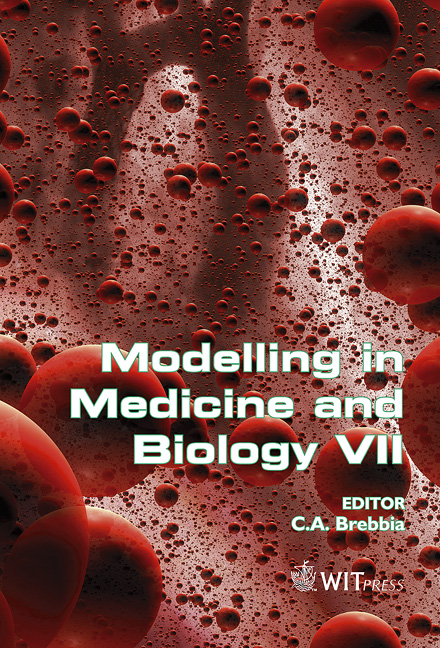Biomechanical Dental Implants Comparison By Means Of Numerical Models And Nuclear Medicine
Price
Free (open access)
Transaction
Volume
12
Pages
10
Published
2007
Size
1,099 kb
Paper DOI
10.2495/BIO070141
Copyright
WIT Press
Author(s)
C. Bignardi, E. M. Zanetti, G. Lorenzon, G. Canavese & G. Bertuccio
Abstract
A review of recent literature revealed a very high success rate of implants used to support a mandibular overdenture as an alternative to the conventional removable dentistry. Today there are already several prosthetic solutions for the same clinical situations: in particular, the implant support can be different depending on the type of implants used and their layout. It is well known that the success or the failure of implants interfaced with bone depends, taking into account a favourable biological reaction, on the structural condition of the biomechanical system constituted by the bone structure and the implant. Knowledge of the strain/stress pattern can allow one to establish if bone maintenance, resorption or addition is more likely to take place. In this work two different kinds of implant supports for overdenture retention were compared by means of FEM: they differed in the number of implants, their dimension, their location inside the mandible and, finally, in the presence/absence of a beam connecting all implants and making them all linked. Clinical follow-up was assessed by means of technetium 99m-MDP scintigraphy. The obtained results agree with the clinical experience. Keywords: dental implants, biomechanics, bone remodelling, FEM, nuclear medicine, bone scintigraphy.
Keywords
dental implants, biomechanics, bone remodelling, FEM, nuclear medicine, bone scintigraphy.





